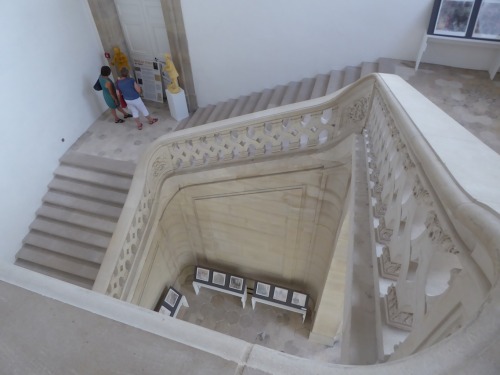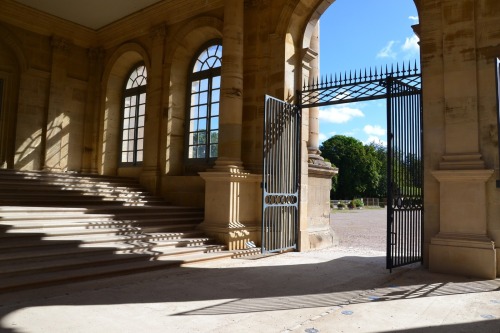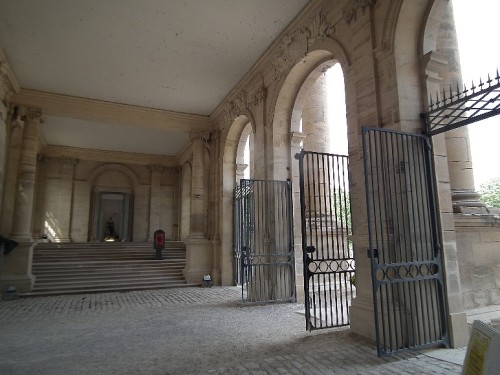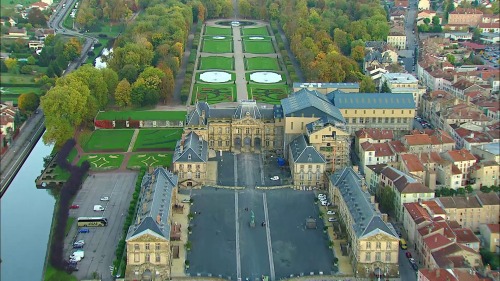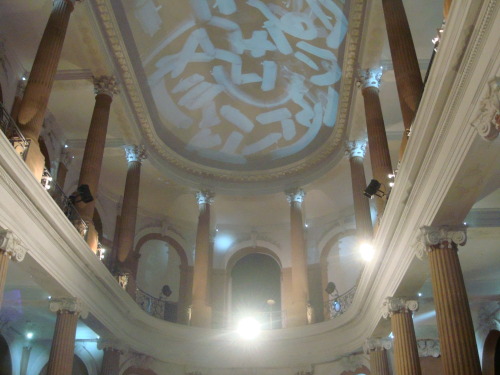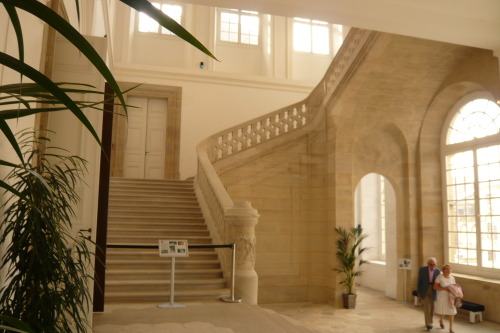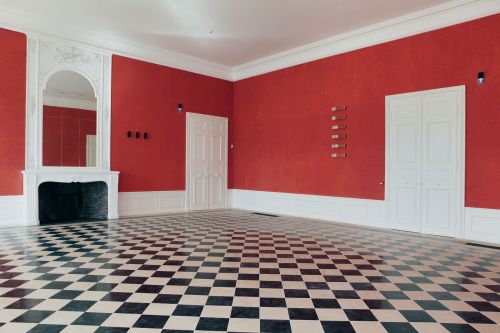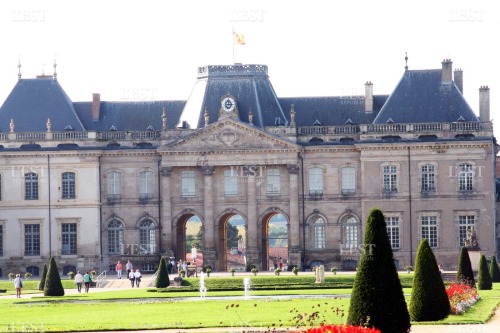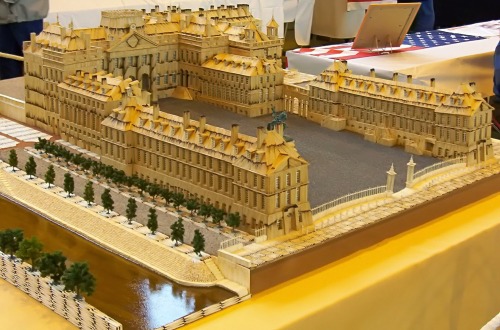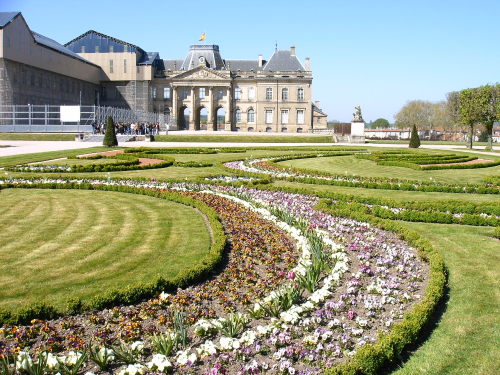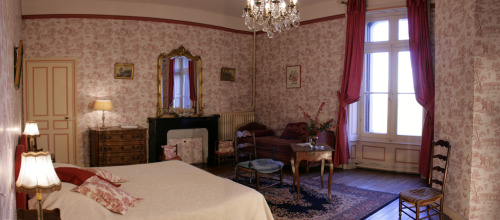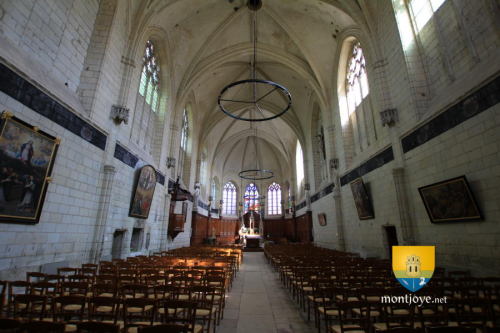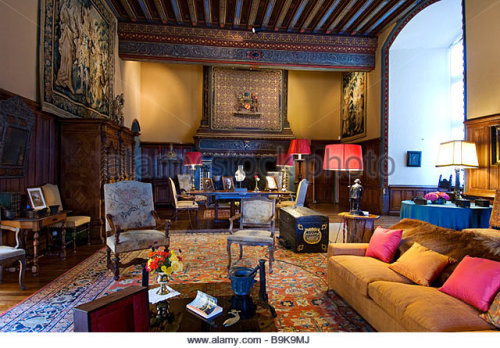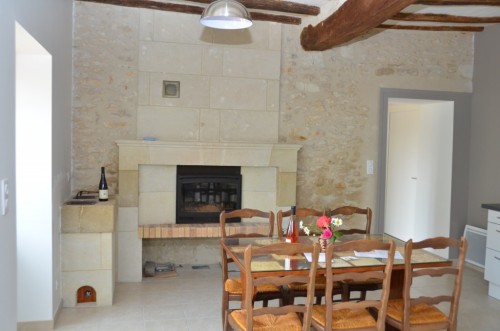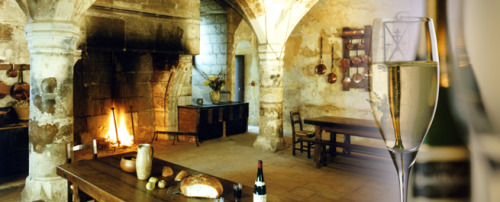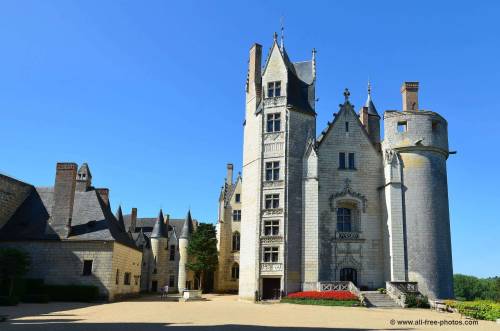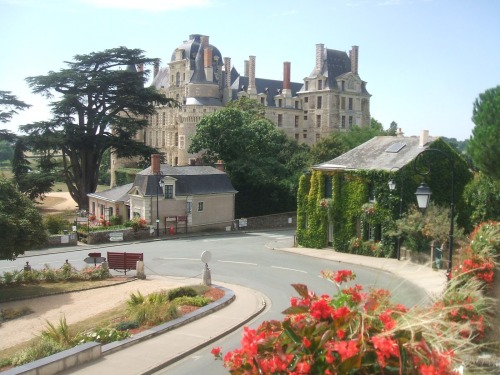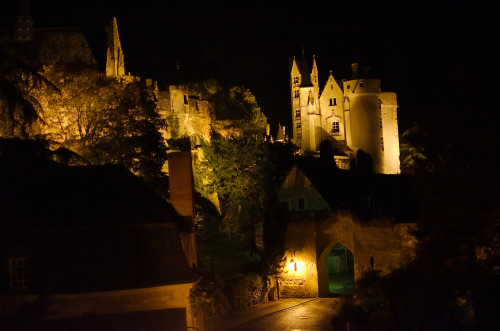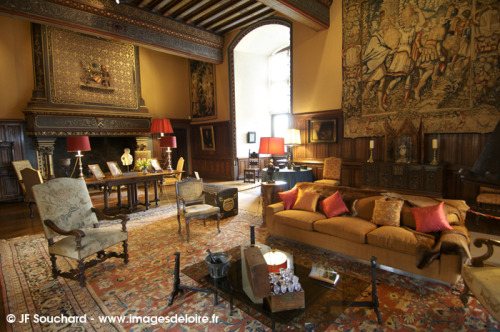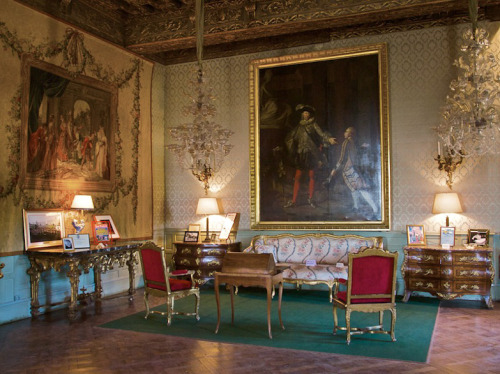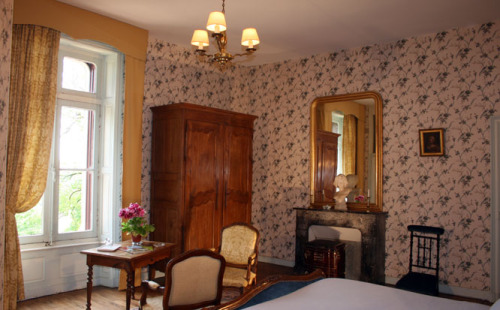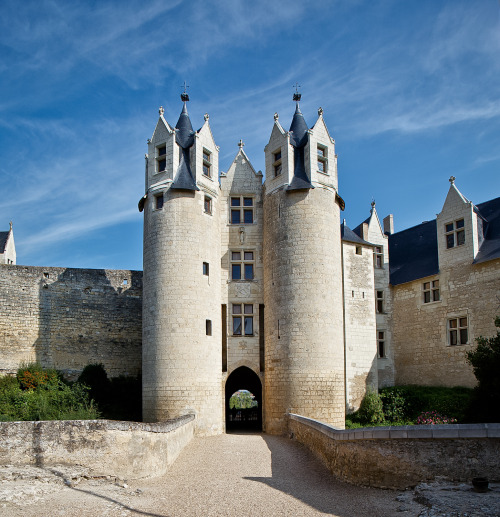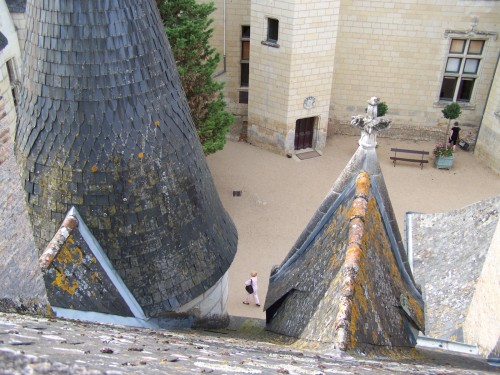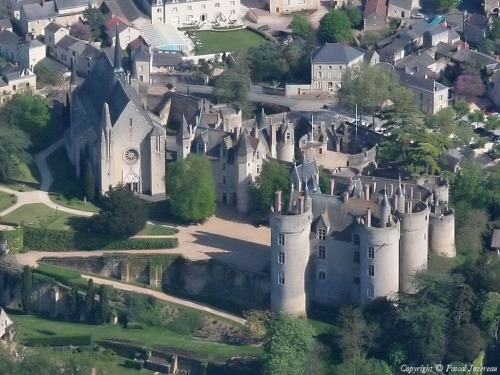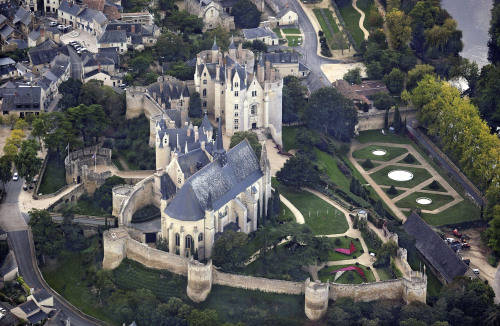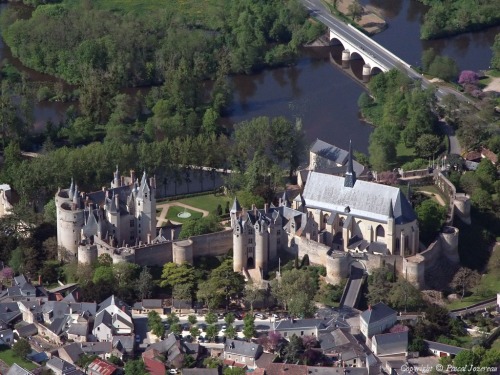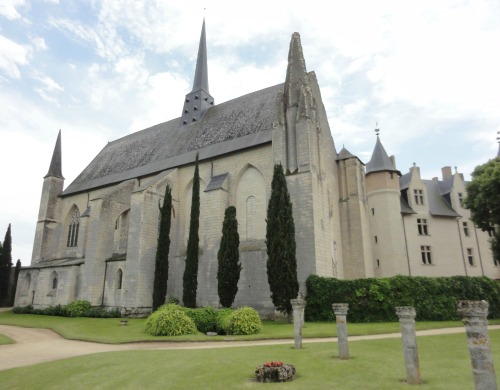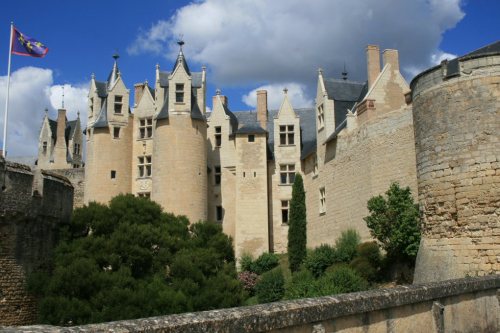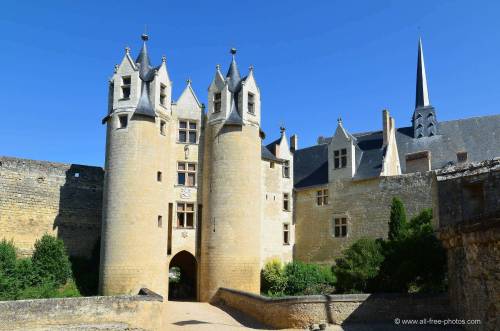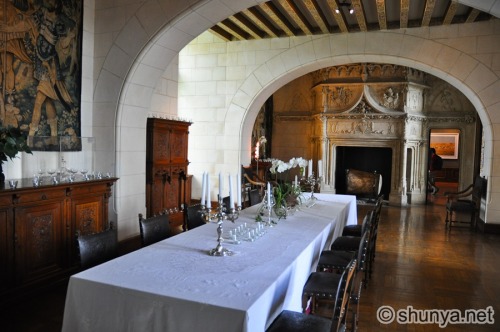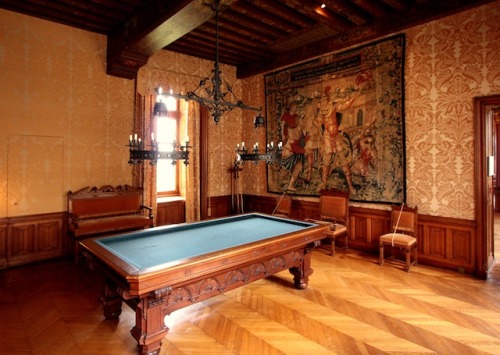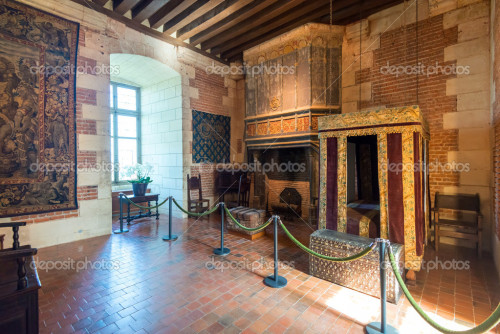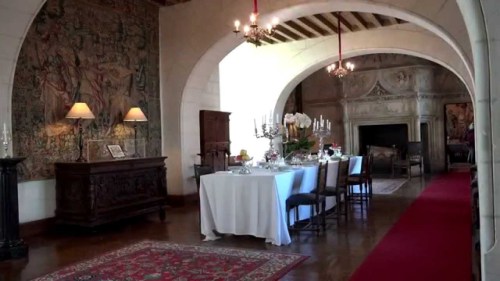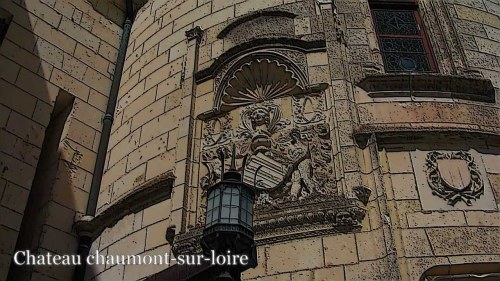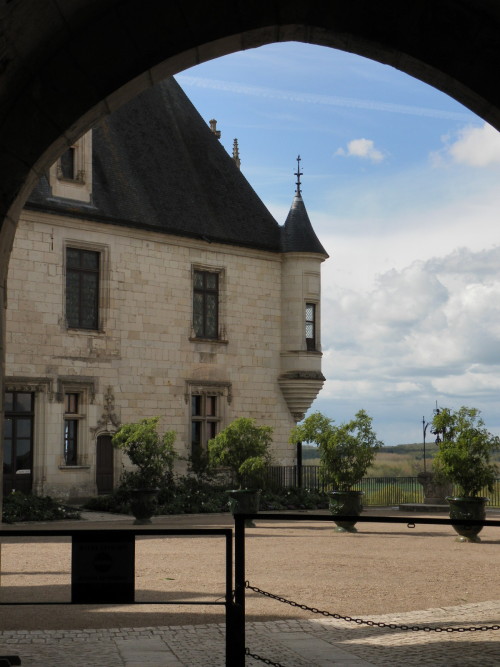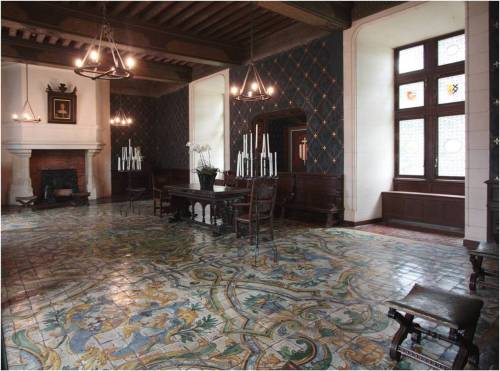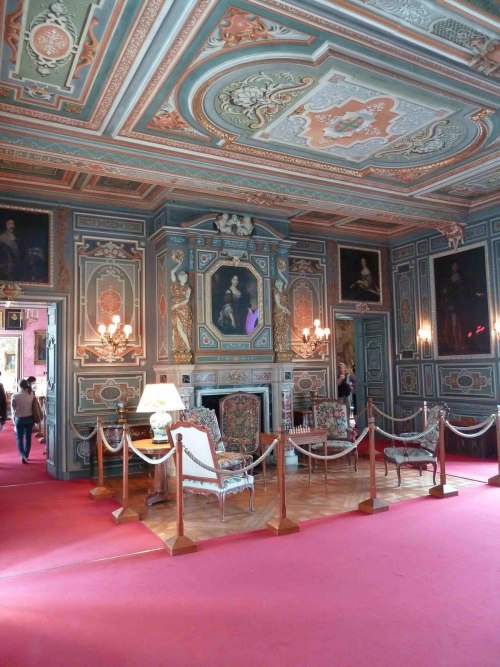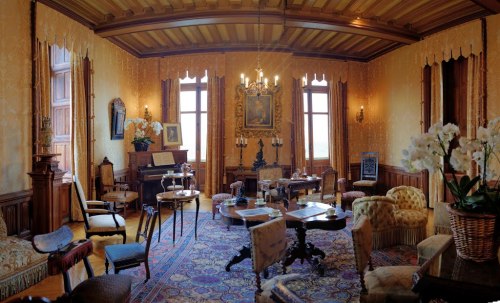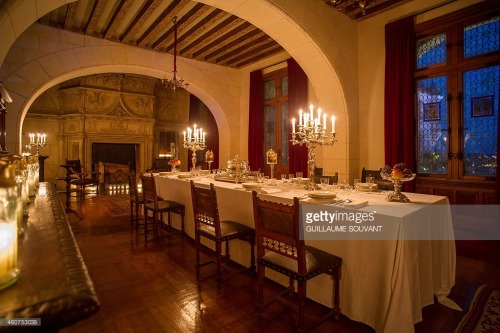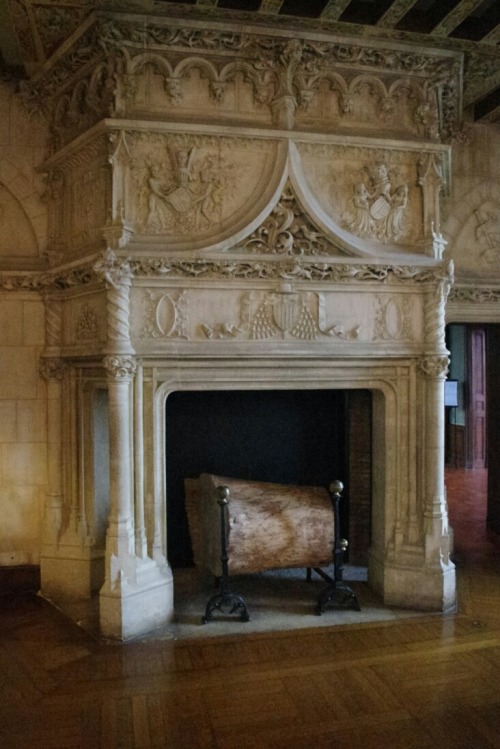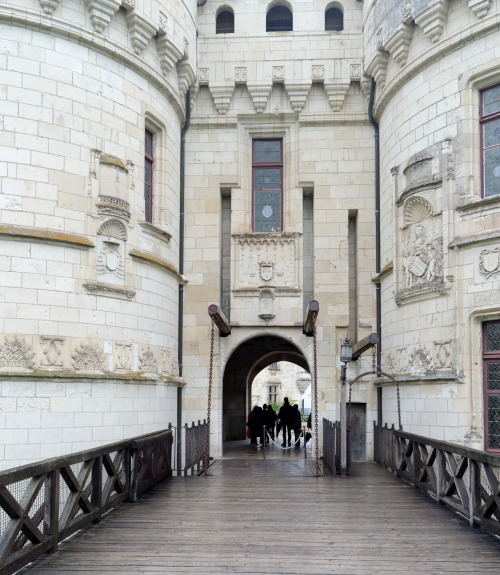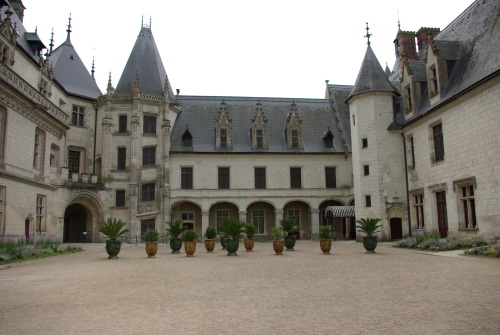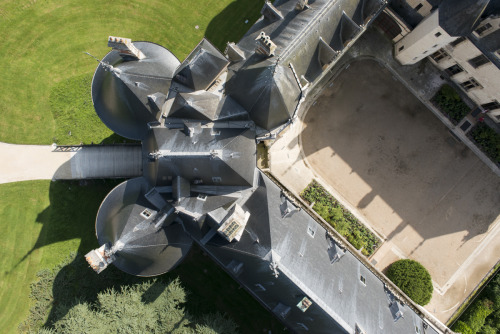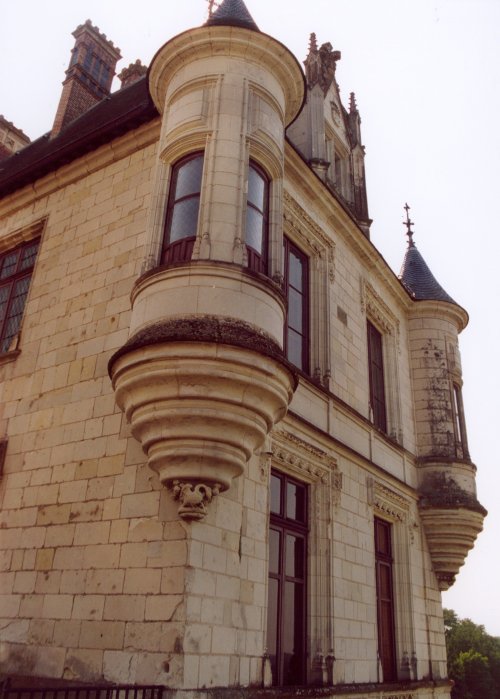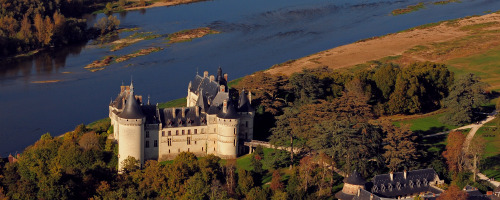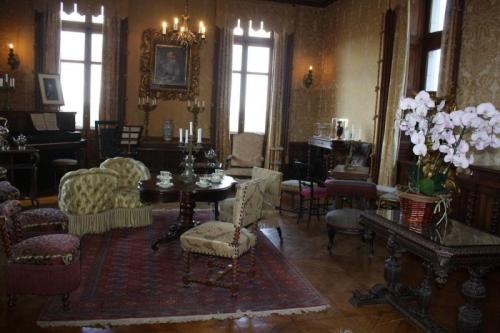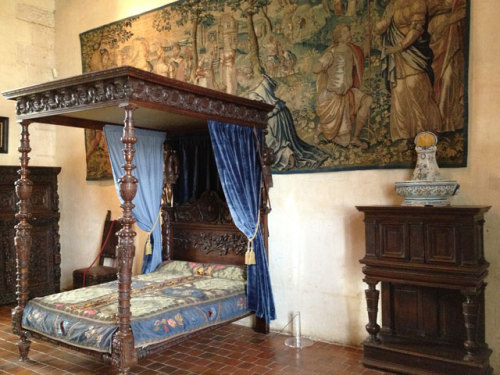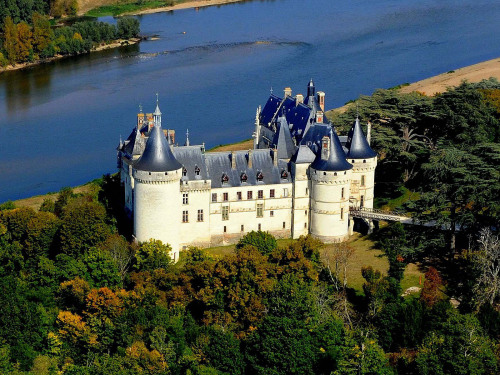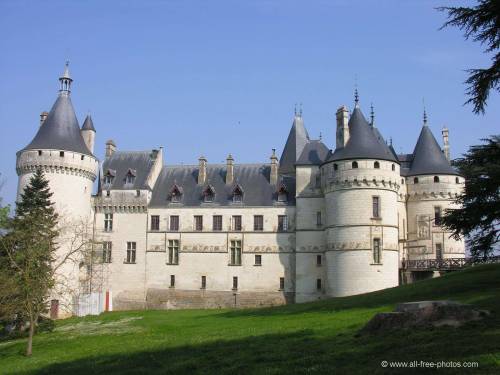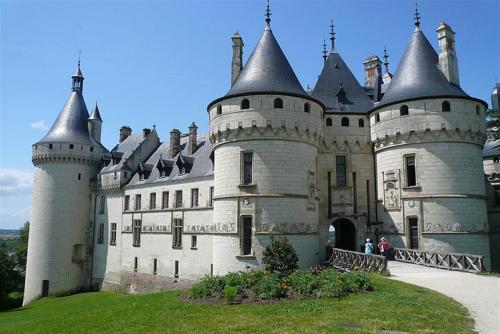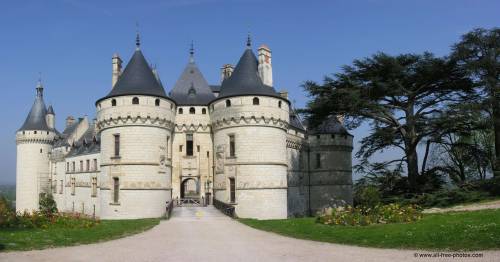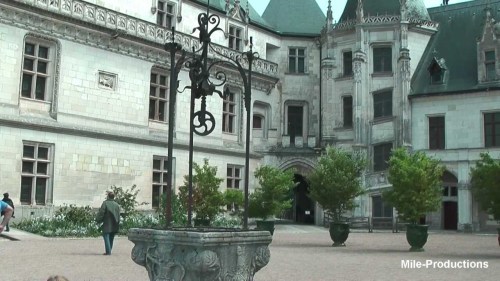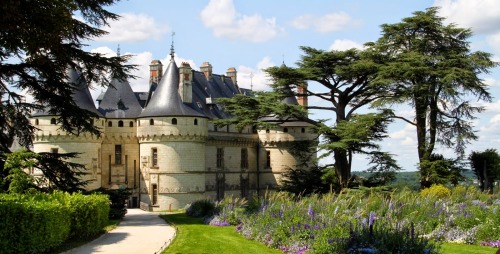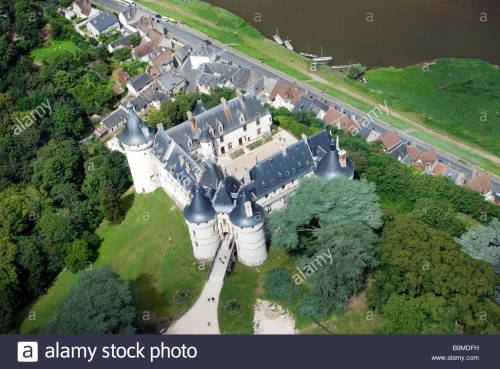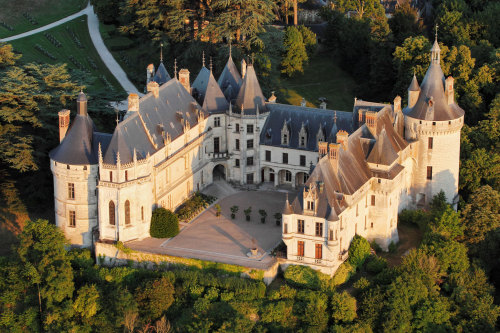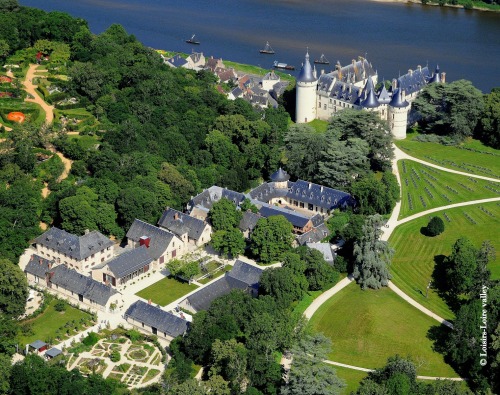#medieval books
Château de Lunéville
TheChâteau de Lunéville which had belonged to the Dukes of Lorraine since the thirteenth century, was rebuilt as “the Versailles of Lorraine” by Duke Léopold from 1703 to 1723, from designs of Pierre Bourdict and Nicolas Dorbay and then of the architect Germain Boffrand, whose masterwork it became. It became the home of King Stanisław Leszczyński, last duke of LorraineandBar.
Lunéville was listed as a Monument historique in 1901 and by successive ordinances;[1] its princely apartments are looked after by the Ministry of Defense while the structure is the responsibility of the Conseil départemental de Meurthe-et-Moselle.https://en.wikipedia.org/wiki/Ch%C3%A2teau_de_Lun%C3%A9ville
Post link
Château de Montreuil-Bellay
TheChâteau de Montreuil-Bellay is a historical building in the town of Montreuil-Bellay,départementofMaine-et-Loire, France, first built on the site of a Gallo-Roman village high on a hill on the banks of the Thouet River. It is listed as a monument historique by the French Ministry of Culture.[1]
During the medieval period the property, consisting of more than 4 km2 (990 acres), was part of a group of 32 villages near-by that created the then known as “L'Anjou”. The Mountreil-Bellay fief, first belonged to Gelduin le Danois afterward by regal heredity passed to Berlay le Vieux who became the first Sir of Bellay, in 1025 the castle was seized by Foulques NerraaPlantagenetmakingGiraud Berlay his vassal during the second half of the 12th century. After the defeat of the English by Philip II, the fief returned to a descendant of the Berlay le Vieux family Sir of Bellay, Guillaume de Melun, during this period the fief went under a big renovation by the creation of high massive walls construction including 13 interlocking towers, with entry only via a fortified gateway and the name was anglicized from Barley to Balley.https://en.wikipedia.org/wiki/Ch%C3%A2teau_de_Montreuil-Bellay
Post link
château de Chaumont
château de Chaumont
TheChâteau de Chaumont(orChâteau de Chaumont-sur-Loire) is a castle in Chaumont-sur-Loire,Loir-et-Cher, France. The castle was founded in the 10th century by Odo I, Count of Blois. After Pierre d'Amboise rebelled against Louis XI, the king ordered the castle’s destruction. Later in the 15th century Château de Chaumont was rebuilt by Charles I d'Amboise. Protected as a monument historiquesince 1840, the château was given into state ownership in 1938 and is now open to the public. https://en.wikipedia.org/wiki/Ch%C3%A2teau_de_Chaumont
Post link
The Golden Canon of Page Design
The Golden Canon of page design was officially named by John Tschichold in 1953. As pictured in the GIF above, it involved the matching of diagonals to create a text area that held a 2:3 ratio, and that was oriented to the upper inner corner of the page. This spread of the Valerius maximus provides a real-life example of the Golden Canon, which appeared to be ubiquitous despite the inconsistencies between measuring systems in the medieval world.
Location:Bibliotheka Gymnasii Altonati (Hamburg, Germany)
Usage rights: Public domain, GIF © Retinart
References:
Max, Stanley M. “The ‘Golden Canon’ of Book Page Design: A Visual Presentation Using Geometer’s Sketchpad.” Bridges 2012: Mathematics, Music, Art, Architecture, Culture, pp. 417-420. https://archive.bridgesmathart.org/2012/bridges2012-417.pdf
“The Secret Law of Page Harmony.” Retinart, n.d. Retinart, http://retinart.net/graphic-design/secret-law-of-page-harmony/
Post link

